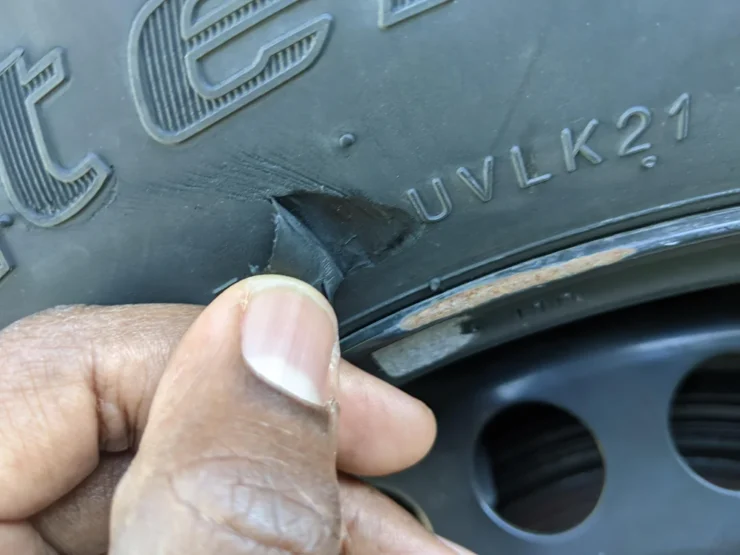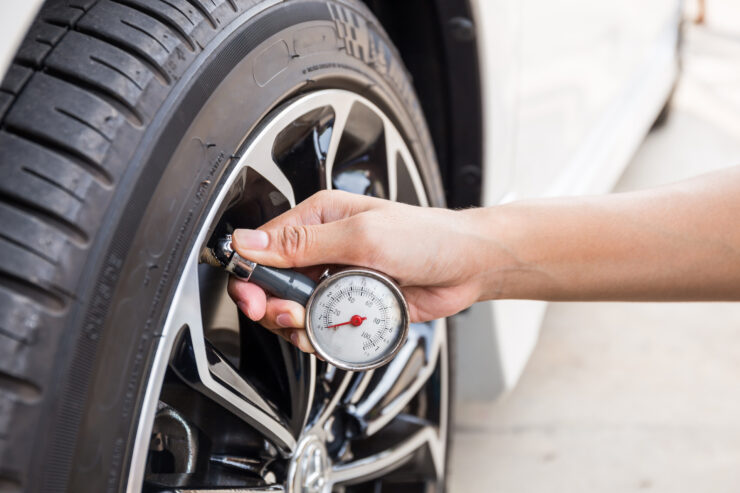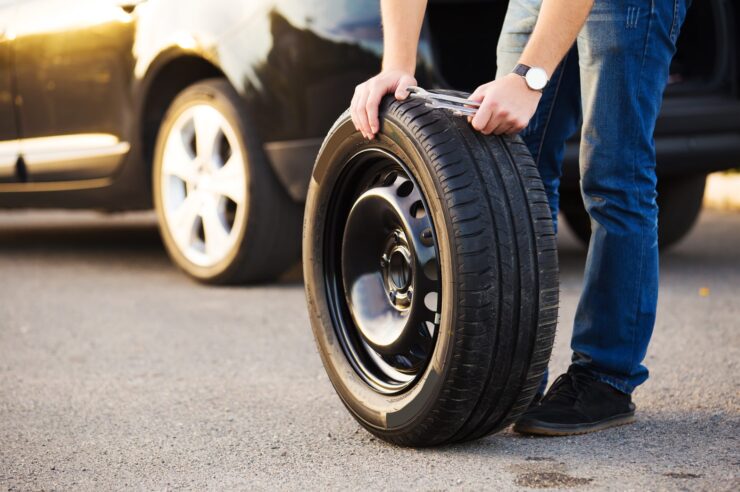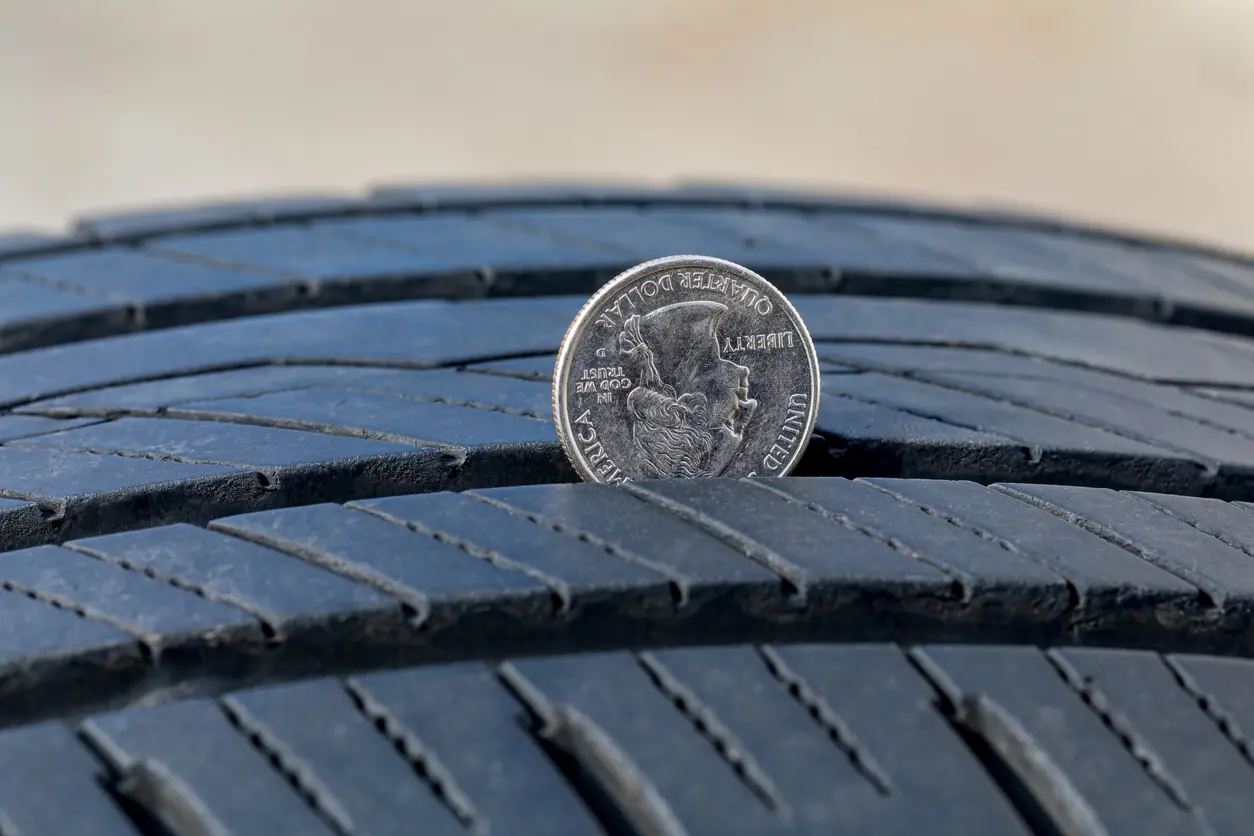Driving with worn-out rubber is dangerous. You risk more than just a breakdown – you endanger your safety and that of others on the road. Most people don’t realize the importance of changing tires until they’re way past due. Many wait until they’re practically riding on steel, and by then, it’s too late. Staying on top of wheel maintenance and replacement ensures you avoid accidents, maintain performance, and extend the lifespan of your vehicle.
To keep yourself and others safe, you need to know exactly when to change your tires. This guide will help you understand the key signs to look out for, so you won’t have to wait until disaster strikes.
Key Points:
- Change your tires regularly to avoid unnecessary risks.
- Check tread wear using a penny or tire gauge.
- Pay attention to seasonal changes, especially winter driving.
- Regular inspection by professionals helps catch early damage.
- Do not wait until wires or steel are visible on the rubber.
Recognizing Tread Wear
The most obvious sign that you need new tires is when the tread has worn down. When your tires are bald, your car’s ability to grip the road is severely reduced. This creates a slippery situation, especially in wet or icy conditions.
There’s an easy test to see if your tread has worn down too far: the penny test. Insert a penny into the tread grooves with Lincoln’s head upside down. If you can see the top of his head, it’s time for a change. For those in need of winter tires in St. Catharines region, keeping an eye on the tread is even more crucial. Canadian winters demand extra care, and having enough tread helps ensure better traction on icy roads. To get your winter tires replaced locally, visit Rectangle Auto Supply.
Watch for Cracks and Bulges

Cracks in the rubber mean trouble. Cracking can occur due to exposure to the elements, harsh road conditions, or simple aging. Cracks weaken the structural integrity of the tires. Bulges, on the other hand, are a sign of internal damage. If you notice cracks or bulges, replace the tires immediately.
A quick inspection can save you from disaster. Don’t wait for a blowout on the highway. Even a small crack can lead to a catastrophic failure at high speeds.
Pay Attention to Vibration
If your car vibrates excessively, that’s a sign your tires are wearing unevenly or are misaligned. Vibration may also point to suspension issues, but often, it’s your rubber that’s the problem. Worn-out tires can cause inconsistent contact with the road. This compromises your driving experience and the safety of your ride.
Even if the vibration feels mild, don’t ignore it. Addressing the issue early prevents further damage to your car and ensures you maintain a smooth ride.
Seasonal Changes Matter

The time of year plays a huge role in tire safety. Winter weather means you need proper tires that can handle snow and ice. Winter tires are designed with special compounds and tread patterns to increase traction in cold temperatures. Driving through the cold months without the right equipment puts you at risk.
In areas with harsh winters, switching to winter tires is not just recommended but essential. If you live in St. Catharines, getting winter-specific rubber is the smart choice. Summer and all-season tires simply don’t cut it when the temperature drops below freezing.
Watch the Age
Even if your tires look fine, their age might be an issue. Rubber degrades over time, even when not in use. If your tires are older than five years, it’s a good idea to have them checked by a professional. An old tire may still have plenty of tread, but the material can become brittle and less effective at gripping the road.
Age-related tire failure can be sudden and unexpected. It’s better to be proactive and replace them before an issue arises.
Check Air Pressure Regularly

Low air pressure causes uneven wear, reduces fuel efficiency, and increases the risk of blowouts. Proper inflation ensures optimal performance and safety. You should check your air pressure every month, especially before long trips. If you notice that you’re constantly refilling air, that’s a sign there’s a leak or some other underlying problem.
Under-inflation is one of the leading causes of tire failure. Keeping your tires properly inflated saves you money at the pump and reduces wear.
Alignment and Rotation Are Key
Misaligned tires wear unevenly, leading to a shorter lifespan. Regular alignment checks ensure that your tires wear evenly and perform at their best. Wheel rotation is another key factor in extending the life of your tires. Rotating them ensures even wear across all four tires, preventing one from wearing out faster than the others.
Alignments should be done at least once a year, or more frequently if you notice the car pulling to one side. Rotations should be done every 5,000 to 8,000 kilometers.
Avoid Driving on Steel
When you neglect to replace worn-out rubber, you end up driving on steel belts. This is the internal structure that holds the tire together. If you can see steel, you’re already in danger. At this stage, you risk a catastrophic blowout.
Driving on steel means you’ve gone far too long without replacing the tire. The steel wires are sharp and can shred the rest of the rubber. Don’t wait until you reach this point.
Keep Spare Tires in Good Condition

Even your spare needs attention. Don’t assume that because it’s not being used, it will be in perfect condition. Spare tires can degrade just as quickly as the ones on your car. Keep your spare inflated and check its condition regularly. A well-maintained spare can save you from being stranded, but a neglected one may leave you without options in an emergency.
Conclusion
Changing your tires at the right time is about more than just preventing a flat. It’s about ensuring the safety of your vehicle and maintaining its performance. Don’t wait until you’re riding on steel. Keeping your tires in good condition means regular checks, watching for signs of wear, and staying mindful of their age.
By taking care of your tires, you ensure that your car can handle the road safely, no matter the conditions.

